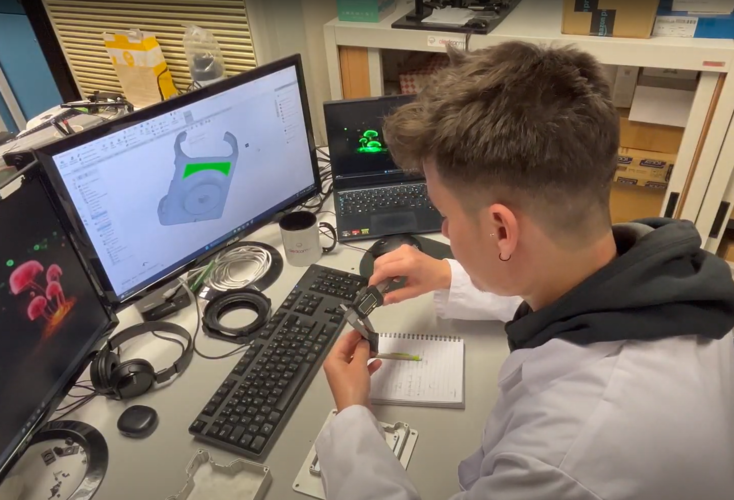A harmless asteroid will whiz past Earth Saturday. Here's how to spot it
Friday, 28 June 2024 16:03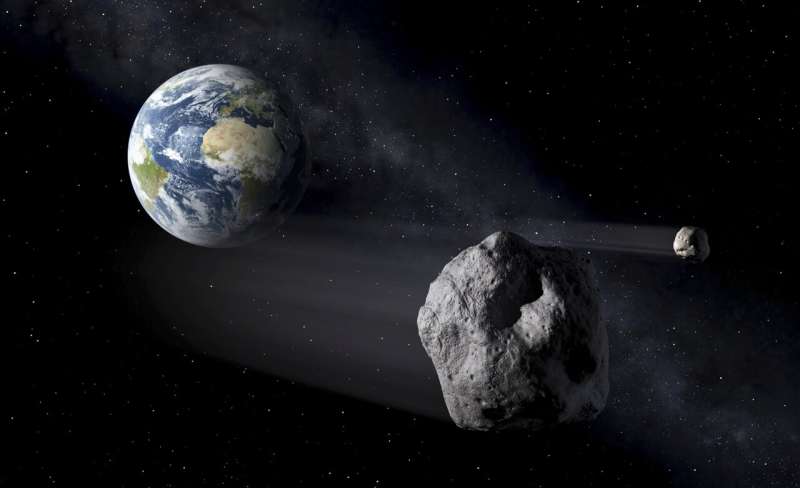
LLNL gamma-ray sensor has the best resolution
Friday, 28 June 2024 12:10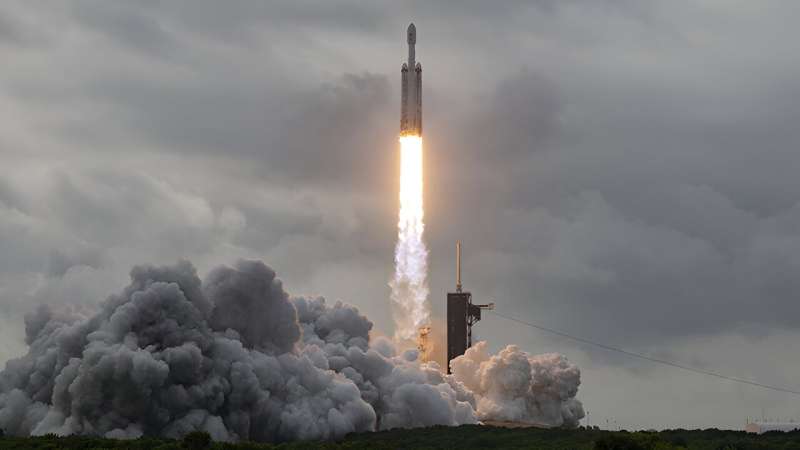
It's official. An instrument designed and built by Lawrence Livermore National Laboratory (LLNL) researchers is the highest-resolution gamma ray sensor that has ever flown in space.
The Livermore high-purity germanium (HPGe) gamma ray sensor is an essential part of a larger gamma-ray spectrometer (GRS) built in collaboration with researchers from Johns Hopkins Applied Physics Laboratory (JHAPL) in Laurel, Maryland.
The GRS is part of a suite of instruments launched Oct.13 from the Kennedy Space Center aboard a SpaceX Falcon Heavy rocket to make the first-ever visit to Psyche, the largest metal asteroid in the solar system.
Week in images: 24-28 June 2024
Friday, 28 June 2024 12:08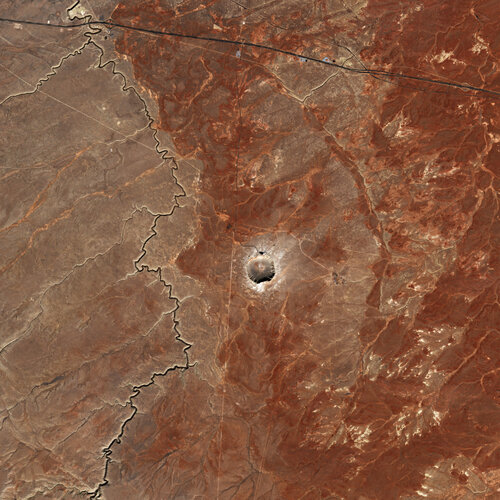
Week in images: 24-28 June 2024
Discover our week through the lens
The Space Force no longer has the luxury of time. It needs industry help to stay ahead.
Friday, 28 June 2024 12:00
NASA parachute sensor testing could make EPIC Mars landings
Friday, 28 June 2024 10:48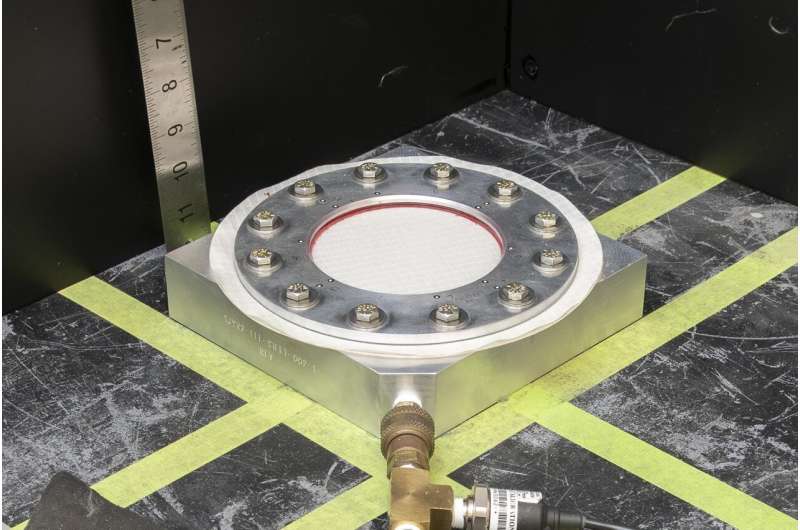
Europe satellite operator drops Ariane 6 rocket for SpaceX: report
Friday, 28 June 2024 10:47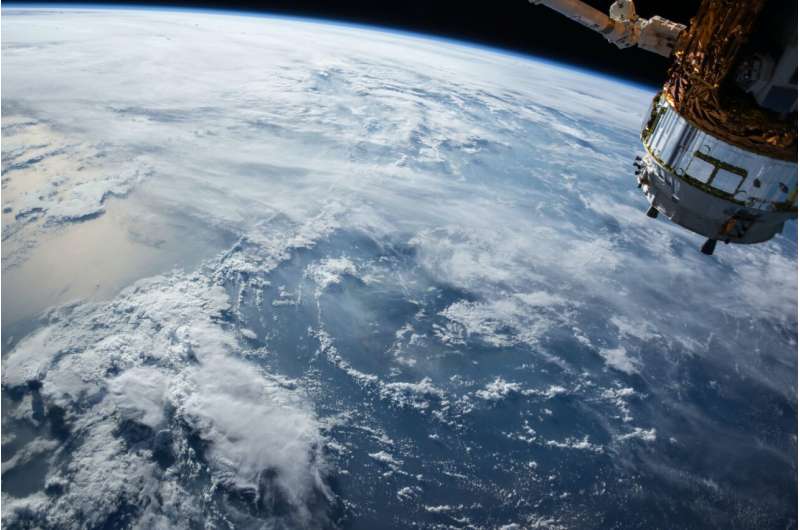
Europe's weather satellite operator has cancelled plans to use the European rocket Ariane 6 less than two weeks before its first-ever launch, opting to go with US firm SpaceX instead, the French newspaper Le Monde has reported.
The latest blow to European space efforts comes after four years of delays to the Ariane 6, which is scheduled to finally blast off for the first time on July 9.
Contacted by AFP on Friday, the European Organization for the Exploitation of Meteorological Satellites (EUMETSAT) could not immediately be reached, while the French company Arianespace, which developed and operates the Ariane 6 rocket, did not comment.
According to the Le Monde report, EUMETSAT's executive committee asked the board of directors representing the organization's 30 member states to launch the MTG-S1 weather satellite on SpaceX's Falcon 9 rocket.
That would mean cancelling the contract EUMETSAT signed with Arianespace four years ago.
The MTG-S1 satellite had been planned to be the third launch on an Ariane 6 rocket, scheduled to blast off sometime early next year.
The Le Monde report did not specify exactly why EUMETSAT ditched the European rocket for US billionaire Elon Musk's SpaceX.
MDA Space receives contract for next phase of lunar Gateway robotic arm development
Friday, 28 June 2024 10:46

Japan's space agency delays launch of upgraded observation satellite on new H3 rocket due to weather
Friday, 28 June 2024 10:43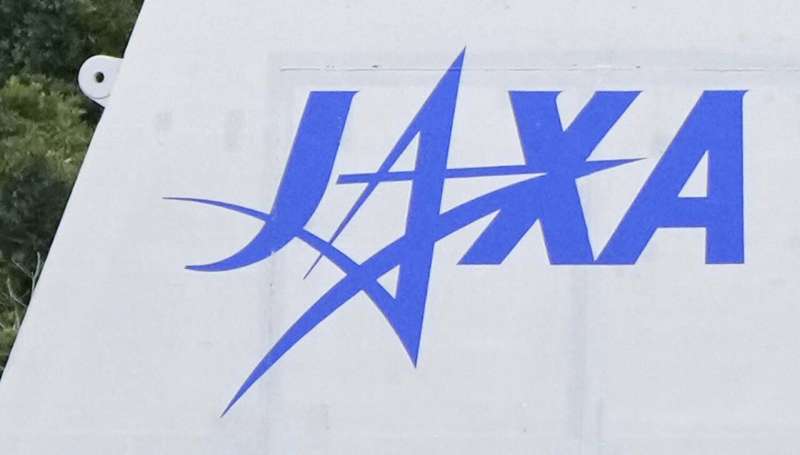
Ariane 6: on the launch pad and ready for liftoff
Friday, 28 June 2024 10:15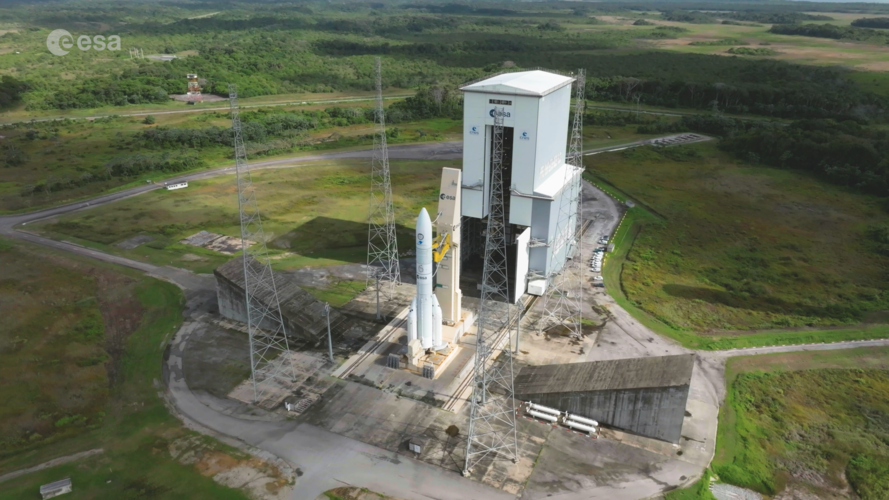 Video:
00:03:00
Video:
00:03:00
On 20 June 2024 the first Ariane 6 rocket to launch into space went through its last full ‘wet dress rehearsal’ at Europe’s Spaceport in French Guiana – it provided an exciting sneak peek of what’s to come, stopping just a few seconds before engine ignition and of course, liftoff.
One of the first steps was to roll back the colossal 90-m tall Ariane 6 mobile gantry building 120 m away from the launch pad – the first moment the complete rocket stood free.
The first parts of Ariane 6 began arriving in French Guiana from continental Europe in February 2024 via the Canopée ‘spaceship’.
China gears up for deep space missions after collecting 1,935 grams of lunar far side samples
Friday, 28 June 2024 09:45
10 impact craters seen from space
Friday, 28 June 2024 09:00 Video:
00:07:14
Video:
00:07:14
Have you ever wondered what an impact crater looks like from space? Today, we’re counting down some of our favourite impact craters here on Earth – captured by Earth-observing satellites.
Craters are inevitably part of being a rocky planet. They occur on every planetary body in our solar system – no matter the size. By studying impact craters and the meteorites that cause them, we can learn more about the processes and geology that shape our entire solar system.
Earth from Space: Meteor Crater
Friday, 28 June 2024 07:00 Image:
Ahead of Asteroid Day, the Copernicus Sentinel-2 mission takes us over the Meteor Crater, also known as the Barringer Meteorite Crater.
Image:
Ahead of Asteroid Day, the Copernicus Sentinel-2 mission takes us over the Meteor Crater, also known as the Barringer Meteorite Crater. Take off with ESA Impact! Ariane 6 and astronaut news await
Friday, 28 June 2024 06:30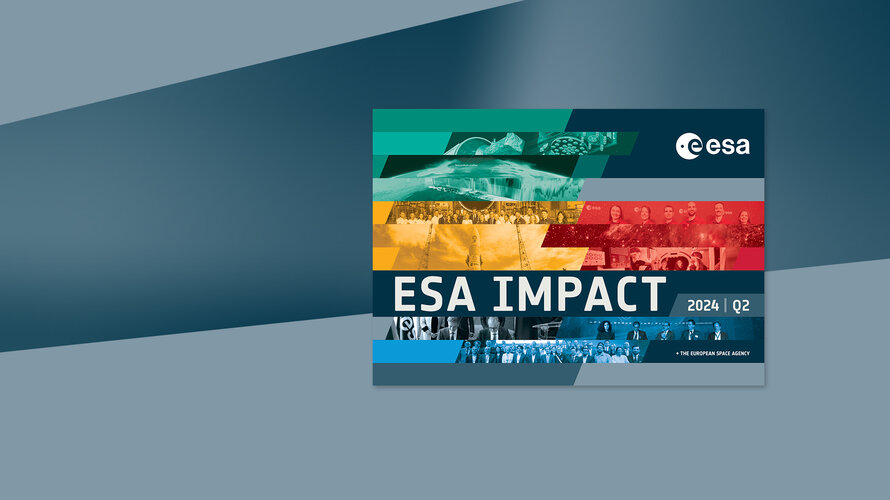
Take off with ESA Impact! Ariane 6 and astronaut news await
Welcome to the 2024 second quarter edition of ESA Impact.
NASA's Juno Observes Lava Lakes on Jupiter's Moon Io
Friday, 28 June 2024 05:29 New observations from NASA's Juno probe reveal extensive lava lakes on Jupiter's moon Io, providing new insights into its volcanic activity. These findings come from Juno's Jovian Infrared Auroral Mapper (JIRAM) instrument, provided by the Italian Space Agency, which captures infrared light. Researchers published a paper on Juno's latest volcanic discoveries on June 20 in Nature Communications E
New observations from NASA's Juno probe reveal extensive lava lakes on Jupiter's moon Io, providing new insights into its volcanic activity. These findings come from Juno's Jovian Infrared Auroral Mapper (JIRAM) instrument, provided by the Italian Space Agency, which captures infrared light. Researchers published a paper on Juno's latest volcanic discoveries on June 20 in Nature Communications E 

